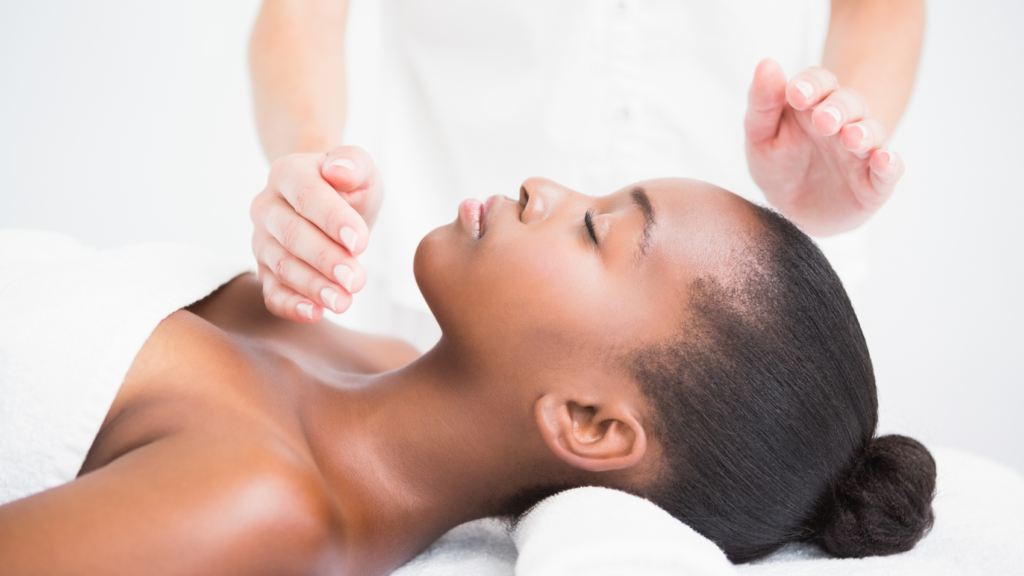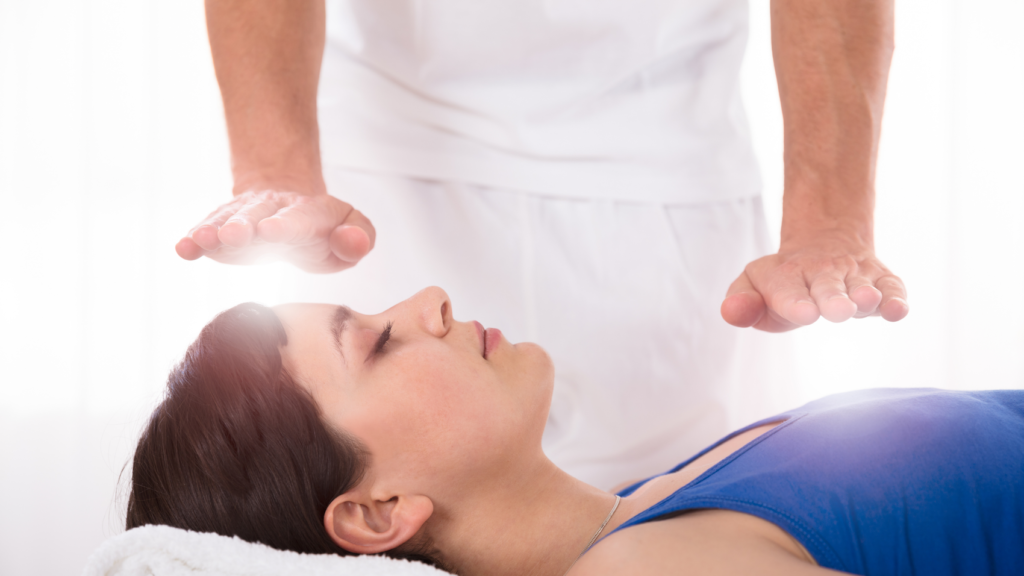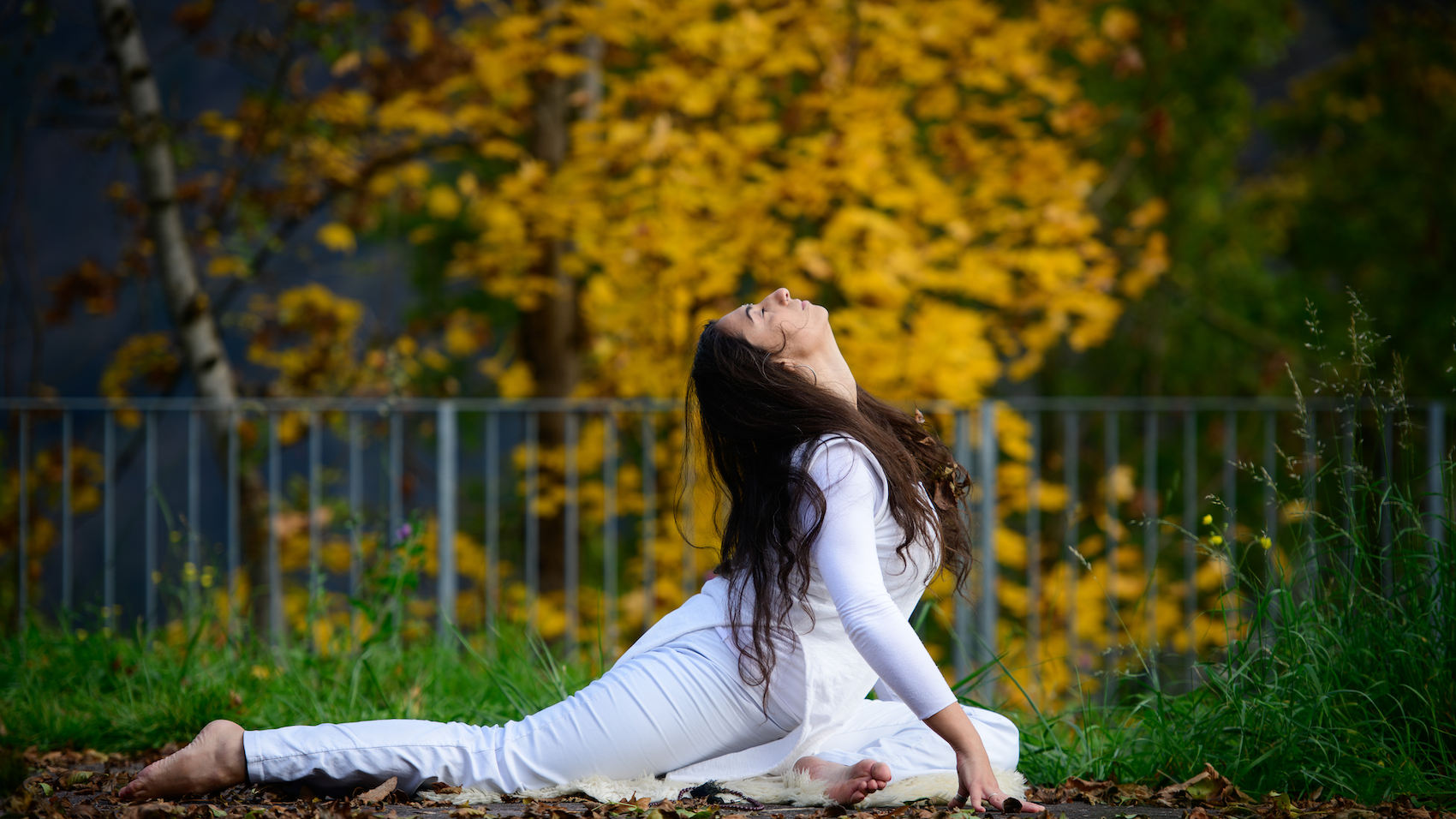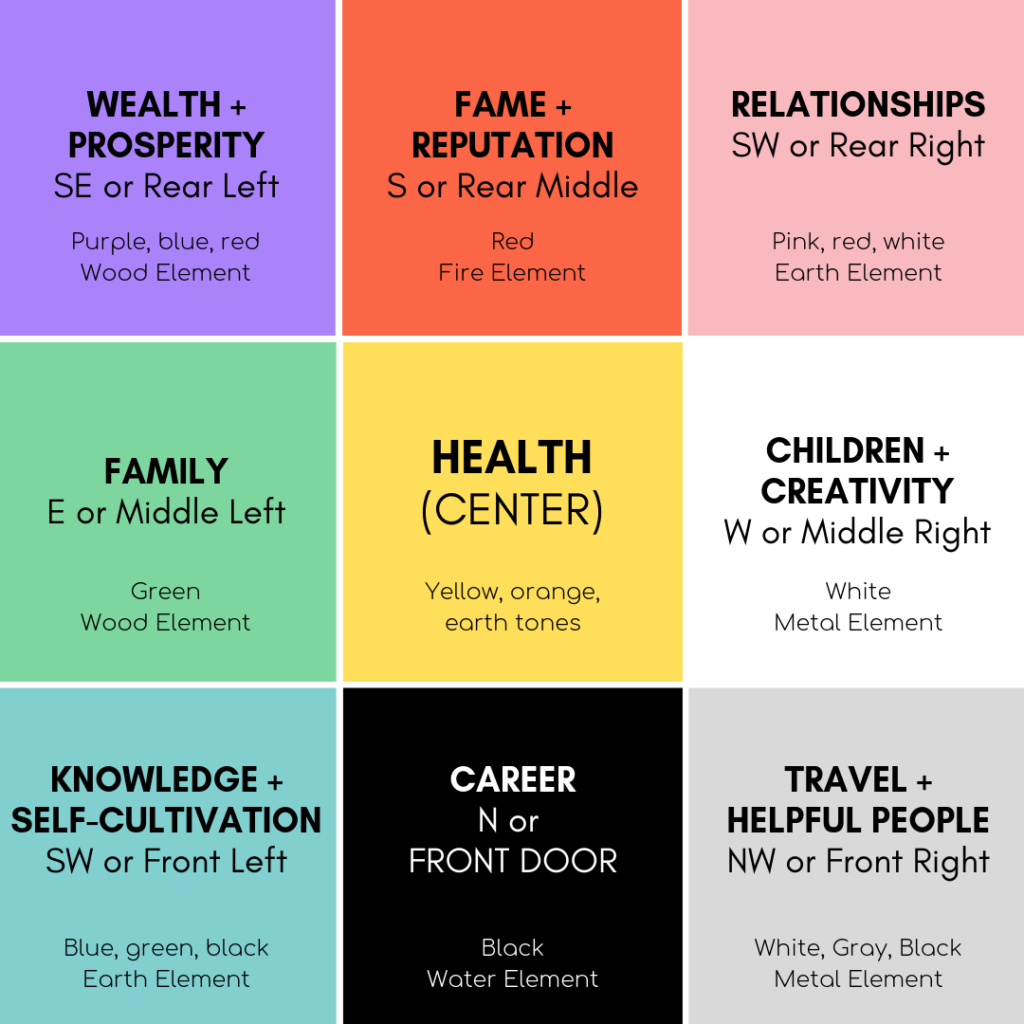Pranic Healing


What is it?
Core philosophy
Main tenets
To understand how pranic healing works, one first has to realize that the human body is composed of two parts: the physical body, which is visible, and the bioplasmic or energy body, which is invisible. This energy body interpenetrates the physical body and surrounds it by a few inches.
One also has to learn about the two laws on which pranic healing is based. The first is the law of self-recovery, which states that the body has the ability to heal itself at a given rate. This means that the body can heal various ailments on its own. The second law is the law of life energy, which states that for life to exist then the body must have life energy or prana. Therefore, when one is unwell, it is possible to accelerate the healing process by increasing the life energy on the entire body as well as on the parts affected by the ailment.
There are three major sources of life energy or prana, namely the solar, air and ground prana. The solar prana comes from the sun and is obtained by exposure to sunlight. Air prana is absorbed through breathing and also directly by energy centers which are present on the energy body (chakras). Ground prana comes from the ground and goes through the soles of the feet, especially when one walks barefoot. Pranic healing requires the healer to absorb as much prana as they can from the various sources so that they can then use it to heal others.
Sequence
Generally speaking, pranic healing has the following steps:
Scanning: As mentioned previously, the energetic body envelopes the physical body by a few inches. The practitioner scans their client from head to toe and from front to back to determine the level of “thickness” of the energetic body. In this process, the practitioner will notice areas that are hollow, which indicates pranic depletion or areas that protrude, which causes energetic congestion.
Sweeping: When cleansing is done on the whole bioplasmic body, it is called general sweeping. When only on one part of the body, it is a localized sweeping. General sweeping involves a series of downward sweeping movements only, starting from the head, working down to the feet. Localized sweeping is done exclusively in the problematic area, and the movement resembles dusting off an object. When sweeping, the practitioner uses a “cupped hand technique”.
Energizing: In this step, the practitioner simultaneously receives pranic energy and directs it towards the client. Through this process, it is important that the practitioner continuously recharges themselves with pranic energy to avoid depletion of energy. In this step, the intention the practitioner sets is critical as it influences the energy directed to the client. Energizing goes on until the treated part is sufficiently energized.
Stabilizing: This is about ensuring that the projected energy remains in the affected area. Without this step, the energy may leak out, which makes the healing less effective. To stabilize, practitioners visualize the energy coming out of their palms as being a very light blue or sky blue with the intention of sealing the projected energy.
In addition to these structured steps, some pranic healers incorporate the crystals in their sessions. The use of crystals can have a therapeutic effect on the different chakras, aiding the healing process.
Reiki and pranic healing
The concept of pranic healing gets confused with reiki often times, but there are some key differences, including:
- Pranic healing involves an energetic diagnosis, which is the scanning side. Reiki, on the other hand, does not require this step.
- Pranic healing is highly systematic. It involves a series of steps, in sequence, with very specific techniques. Reiki is more free-flow and is not nearly as structured.
- Pranic healing does not involve contact. In reiki, contact sometimes may happen.
- Pranic healing is more targeted. In particular, pranic healing addressed the unique set of energy patterns identified in the body’s major chakras. Reiki has essentially one energy technique, facilitates the flow of reiki energy into whatever area needs healing.
- Pranic healing and energetic hygiene. Unlike reiki, pranic healing promotes the concept of energy hygiene, from using meditation to cleaning your space.
- Pranic healing is more accessible. It teaches its practitioners to draw the energy directly from the sun, air, ground and other spiritual sources. Reiki practitioners need to go through an “initiation process” by a reiki master to access the healing energies.
Lastly, pranic healing is a select compendium of energy healing techniques. It draws from ancient practices like reiki and modern observations, to bring a novel way of healing our energy bodies.
History
Grand Master Choa Kok Sui, known to tens of thousands of Pranic Healers and Arhatic Yoga practitioners worldwide as Master Choa or MCKS, was the founder of Modern Pranic Healing. He was born in Cebu, Philippines, to a wealthy Chinese family with a very strong business background. Although he got exposed to the business world early in his life, his focus shifted to his spiritual mission.
At a very young age, he had already read and studied many books on healing. He also became a yogi in his early teens. He considered himself a walking encyclopedia on esoteric knowledge and healing. In his young adult life, he met several men that were his first spiritual mentors, until he met his primary spiritual teacher, Mahaguruji Mei Ling.
MCKS became a scientist. His relentless search for spiritual truths beyond the accepted realities, balanced with his degree in chemical engineering and business acumen, led thousands of people worldwide to change their views on “esoteric” teachings. The practice of pranic healing was a seminal work developed by MCKS, who spent years researching, experimenting and validating the specific techniques introduced in the pranic healing books that have now gained worldwide popularity in over 100 countries.
His first book came out in 1984 and is available in 27 languages. Grand Master Choa founded the Institute for Inner Studies and the World Pranic Foundation to help disseminate his teachings. He also developed Arhatic Yoga, a system that synthesizes the spiritual path of love, and will. It incorporates advanced breathing techniques and meditations, character building and inner purifications to accelerate the evolution of the soul. Today, pranic healing as well as the spiritual lessons brought by Grand Master Choa circle the globe and have thousands of followers.
Benefits and uses
Pranic healing has numerous benefits, which include
- Address ailments: our bodies have the ability to fight diseases and to keep good health going. This works best when we are free from energetic stress. Pranic healing can help treat ailments such as fever, pain, migraine, among many others. Likewise, it can be a powerful complement to traditional medicine, giving conventional treatments the “extra boost” to make them more effective.
- Balance soul: regular pranic healing treatments and an adequate “energetic hygiene” can help a person achieve inner peace by cleansing their aura. This helps us reach higher levels of consciousness and more spiritual balance.
- Improve mental health: there is a correlation between the heart energetic center (chakra) and some common mental conditions like stress and depression. This energetic center is responsible for the joy and happiness in our life. Pranic healing can help restore balance in different energetic centers, including the heart chakra, to promote more mental well-being.
- Increase cognitive functioning: pranic healers believe that energy imbalances cloud our judgment and hinders our intellectual potential. When the physical body is in harmony with our energetic body, we can tap into our full intellectual (and emotional) abilities, thus performing our best.
- Prevent diseases: apart from treating diseases, pranic healing can help prevent future illness. Pranic healing helps us remove negative energies before they can impact our health negatively.
Who practices it
Pranic healing is taught with the oversight of the World Pranic Foundation, which has different bodies in different countries and regions. In the US, people interested in becoming pranic healers can visit a more specific Pranic Healing Site, where they can find authorized centers and instructors in their areas.
In general, anyone above 16 years can learn to become a pranic healer, though there are a number of people claiming to be legitimate healers, when in fact, they are not. The best way to find a qualified pranic healer is, through recommendations and through the guidance of your local pranic healing center (which you can find through your regional pranic healing site).
You can also find practitioners online, though we encourage you to ask the right questions. These questions include learning when and where they received their training, etc. You should also ask what a session looks like and what you can expect. You can cross-reference the answers with your existing knowledge about pranic healing and make a decision on whether that interaction felt good and legitimate.
What to expect
Pranic healing can be done in-person or remote. The first thing when you visit a pranic healer is to discuss why you were seeking a session. It can include mental/emotional difficulties or physical ailments like back pain, menstrual cramps, infections, asthma and countless others. The practitioner will likely ask for medical history and medications.
When the session starts, the client sits or lays down comfortably, closes their eyes and relaxes. There could be subtle music in the background. The practitioner will likely ask two things: keeping the palms facing upwards (it opens up the energy field) and connecting the tip of your tongue to your palate (this completes an energy channel that runs up and down your body). The client will just need to relax and breathe consistently and peacefully for about 45 to 60 minutes.
During this time, the practitioner assesses your energetic field and subsequently cleanses it. To cleanse a chakra or part of the body, the practitioner will scoop their hand near that area. They will “drop the congested energy into a nearby bucket with salt water in it. Oftentimes, the practitioner will use crystals, which usually come while the practitioner energizes the patient. This turbocharges healing, so the practitioner will likely be waving crystals too.
At the end of the session, the practitioner will tell you they finished and will ask you how you feel. There will be questions on whether you felt any improvement compared to before the session. However, the benefits may take a little longer to manifest. Many clients report a deep sense of relaxation, lightness and happiness after a session.
Interesting facts
Here are some interesting facts about pranic and energy healing.
- There are different levels of pranic healing, from the basic four-step process to the systematic use of crystal healing in the session.
- Pranic healing includes the concept of pranic psychotherapy, which centers around removing negative thinking patterns. This bridges the gap between mind, body and energy.
- Pranic healing practitioners go through a process of sensitizing their hands, which takes a considerable amount of time. This is to develop the auric sight.
- Colors are important in pranic healing. They are used when visualizing energy and when using crystals in the sessions. The colors correspond to the different colors associated with the chakras. For example, green energy is good for the heart chakra.
- Pranic healers often use pranic psychic self-defense to protect themselves and help maintain an ongoing positive energy field around them.
Closing statement
Pranic healing is an excellent modality to help alleviate pain and promote optimal wellbeing. This practice gives us the tools to produce faster and more immediate results while protecting us from contamination present in our day-to-day environment.
Pranic healing complements any and all healing modalities. From traditional medicine to alternative medicine. This is why we see many allopathic doctors incorporating pranic healing techniques in their treatments. By the same token, many energy healers use pranic healing as a complement to their own practice. And for all of us, in the same way we have become so mindful in what we eat and how it affects our body, practices like pranic healing help us have the same level of awareness for our energy fields.




















